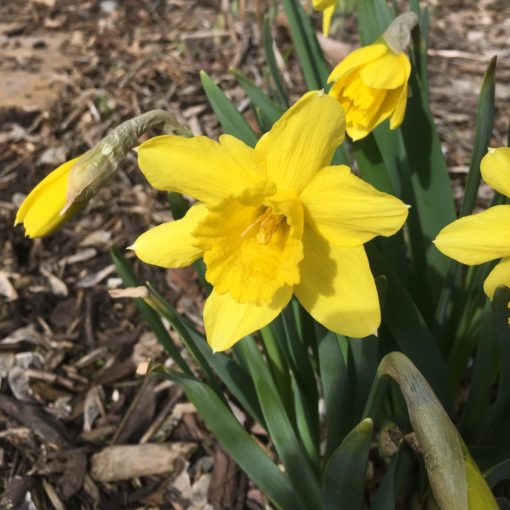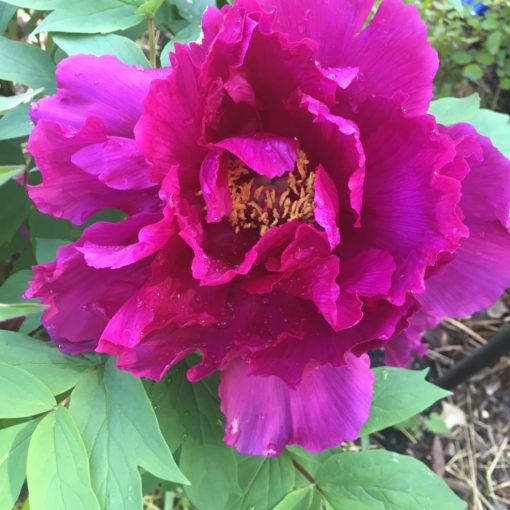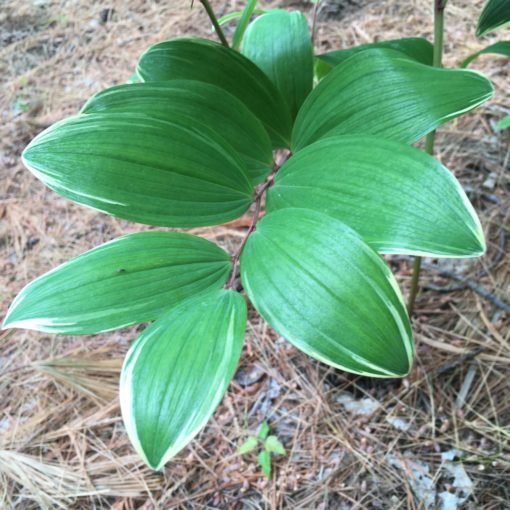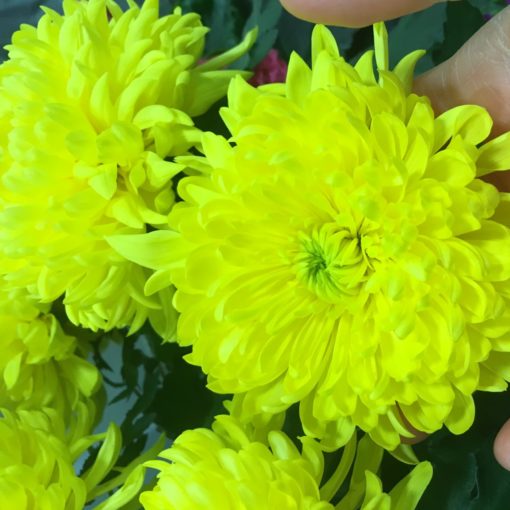It’s hard to believe we’ve reached July, and it’s coming in hot, and wet! After 2+ weeks of temps in the upper 80’s and lower 90’s and some really awesome thunderstorms, things are really starting to look summery in the garden. Bee balm Monarda didyma, which I always associate with July, has started blooming, feeding not only it’s namesake friend but butterflies and hummingbirds too!
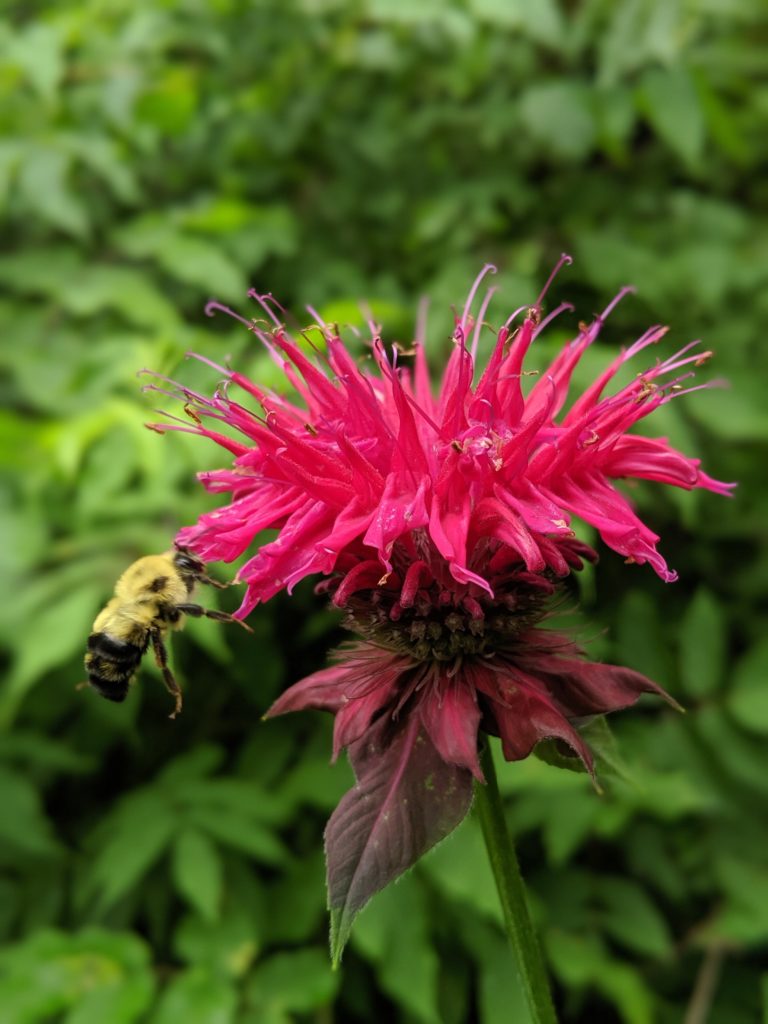
As we work in your gardens this time of year, there are some things we are doing that may surprise you. From cutting back some plants that may still be blooming to leaving the dying foliage of tulips and daffodils in the garden beds, you may be wondering why we do or don’t do some things!
Why did you cut down all my beautiful blooming plants!?
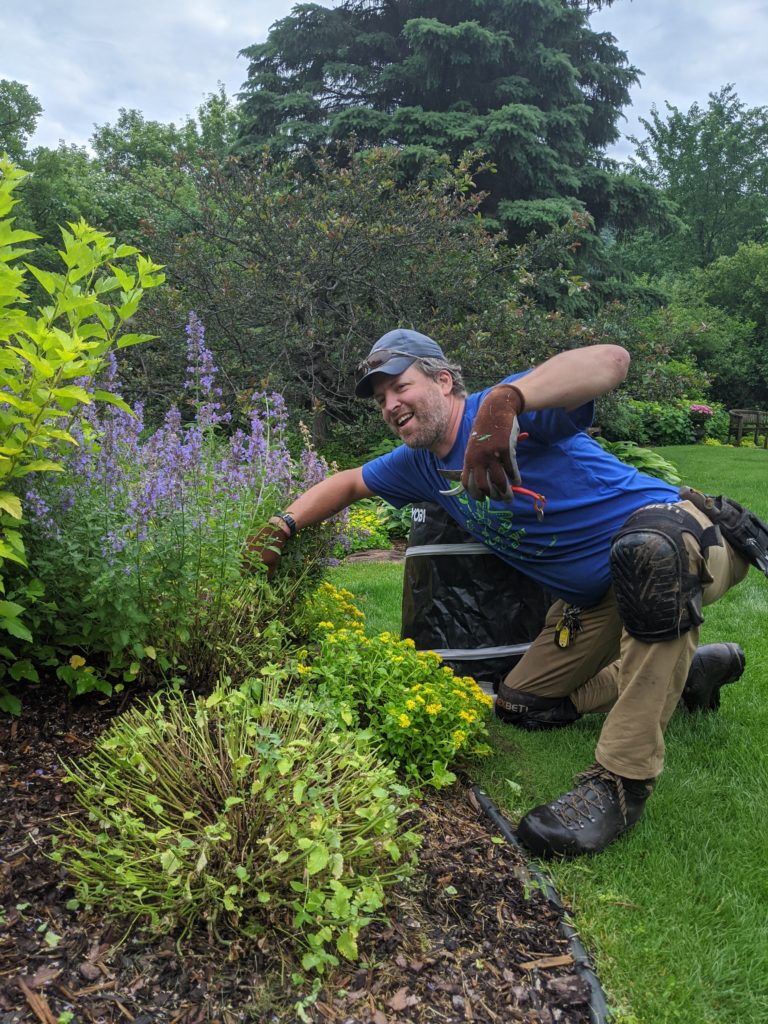
While it may be a shock to have some of the plants in the garden cut back, even as they are finishing their bloom, there are a couple of very important reasons for it. Several common garden plants benefit from having a rejuvenating haircut midseason that allows them to send out new growth, produce a second flush of blooms, and maintain a tidier appearance for the remainder of the summer. Some plants that need “a little off the top” include catmint nepeta, perennial sage salvia, Spirea, and others. While they may look a little silly immediately after their haircut, these plants will begin to show signs of rebounding relatively quickly after pruning. The new growth also helps pollinators by extending the blooming season.
Why did the tulip, daffodil, and other bulb foliage have to hang out so long?
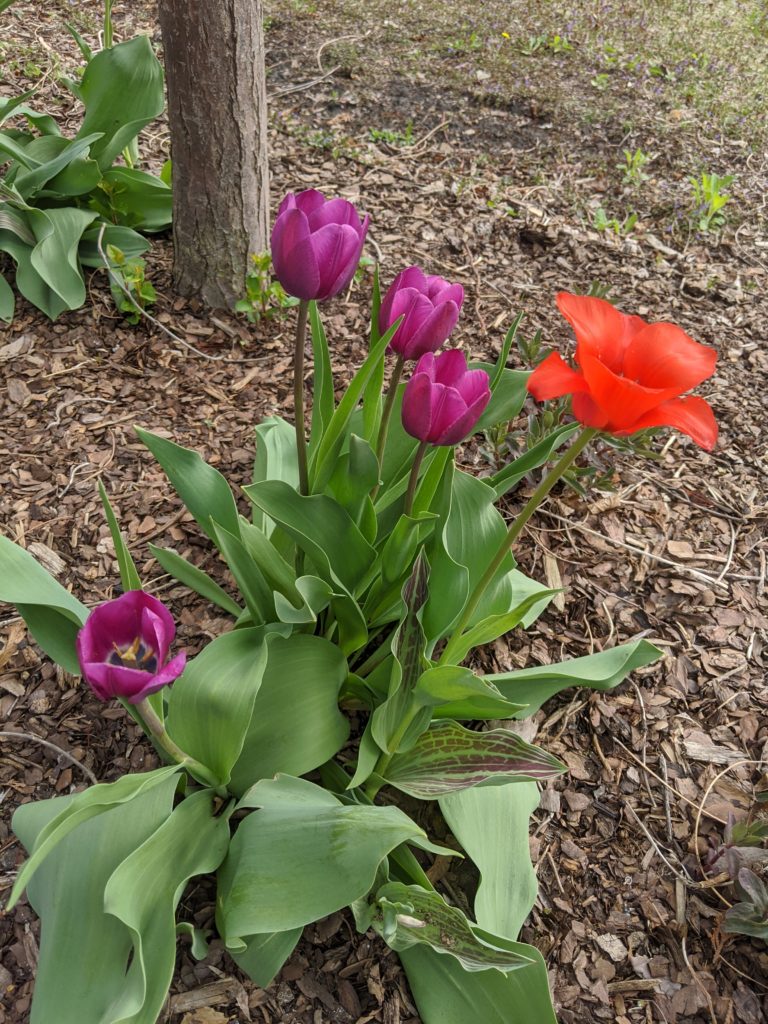
There are plenty of reasons to include bulbs in your garden designs, for the early blooms, the huge variety of color, the unique shapes of foliage and flower, not to mention the fact that nothing says “SPRING!” like a garden full of tulips and daffodils. But, once the flowers fall and the foliage starts to fade, why do we leave the crummy looking leaves for so long? The answer may surprise you! The leaves, even as they yellow, are doing the important work of photosynthesizing in preparation for going dormant the rest of the season. By leaving the fading foliage, we are allowing the plant as much time as possible to store vital nutrients in it’s bulb so it can have the strongest start possible the following spring.
We look forward to our next visit to each of your gardens, seeing the new growth, the changing of the seasons, and the transformative power of nature on our communities and families!

